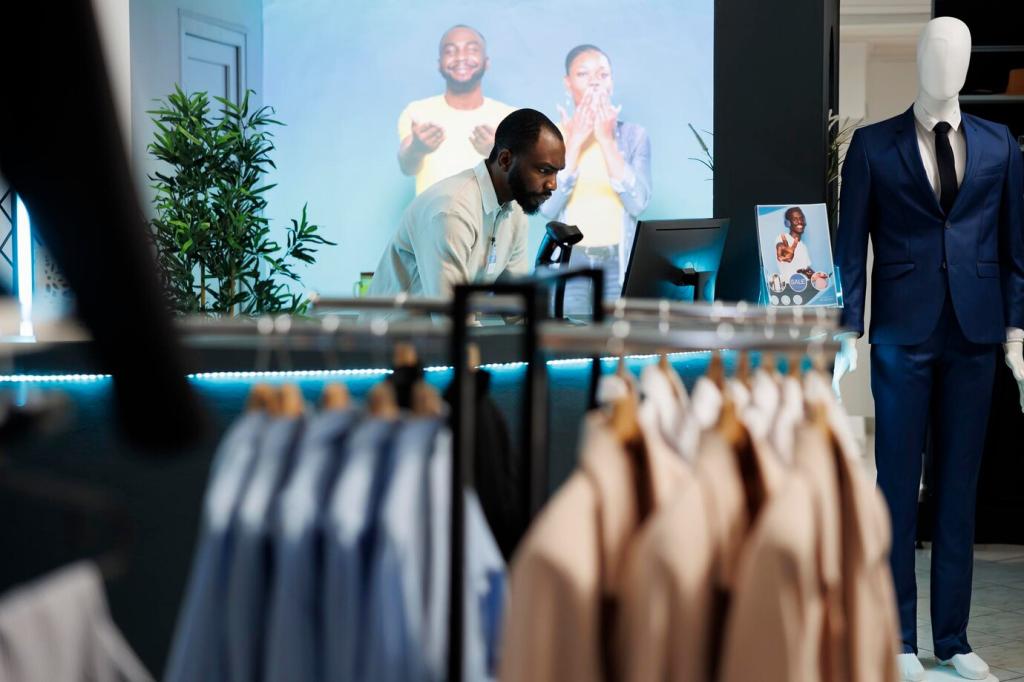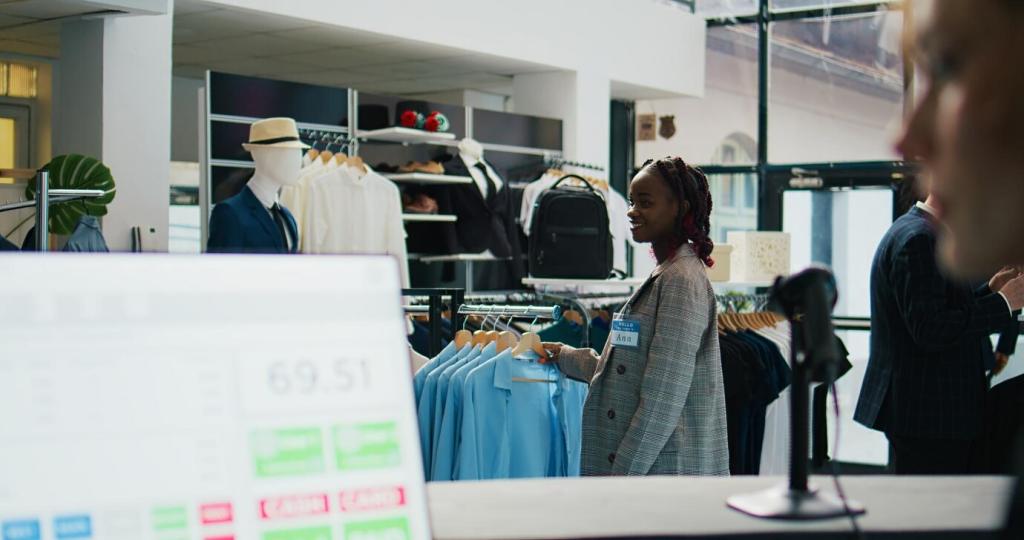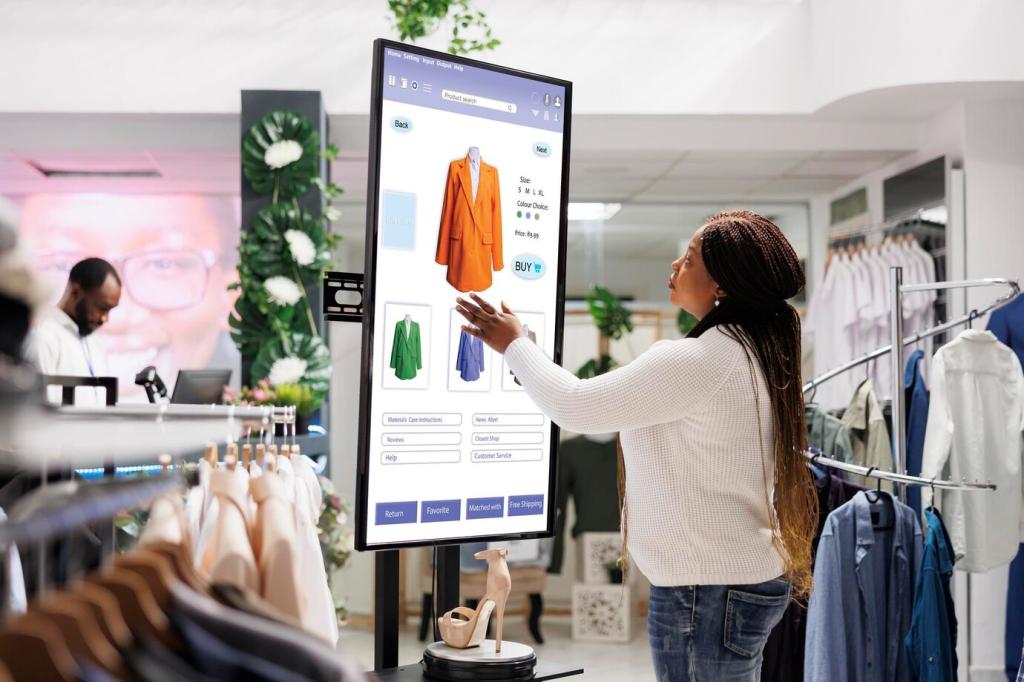Data, Privacy, and Responsible AI
Process images on-device when feasible to minimize data transfer; use encrypted, consented uploads when cloud rendering is necessary. Honor regional regulations like GDPR and CCPA, providing deletion controls and clear retention timelines.
Data, Privacy, and Responsible AI
Models must serve diverse bodies, mobility aids, and cultural dress norms. Benchmark bias, expand training sets, and invite testers with varied shapes. Inclusive avatars and size ranges convert goodwill into lasting customer loyalty.




